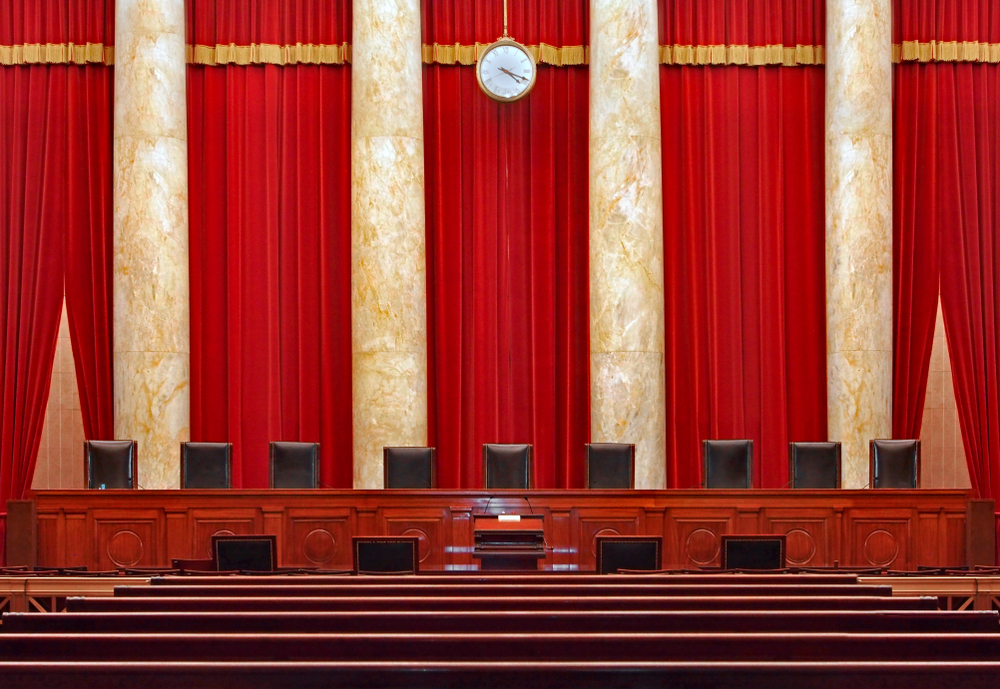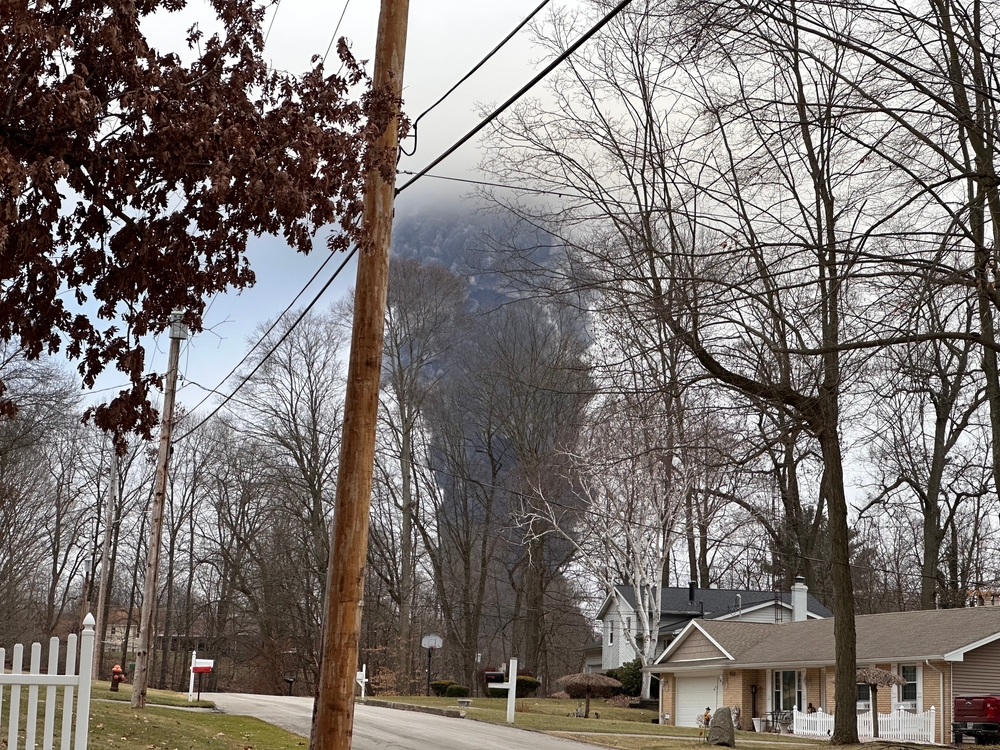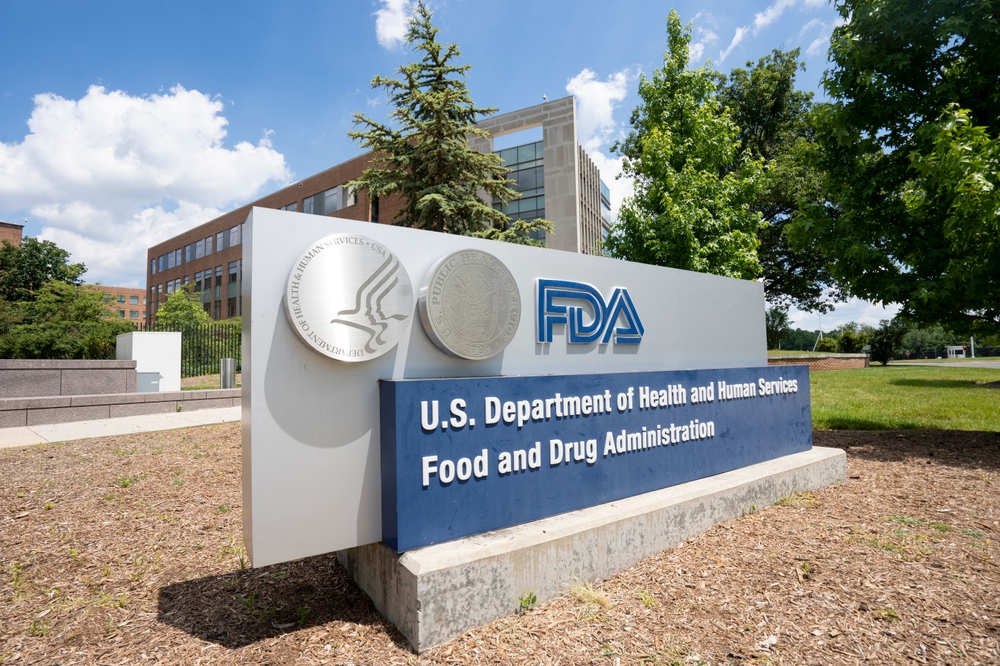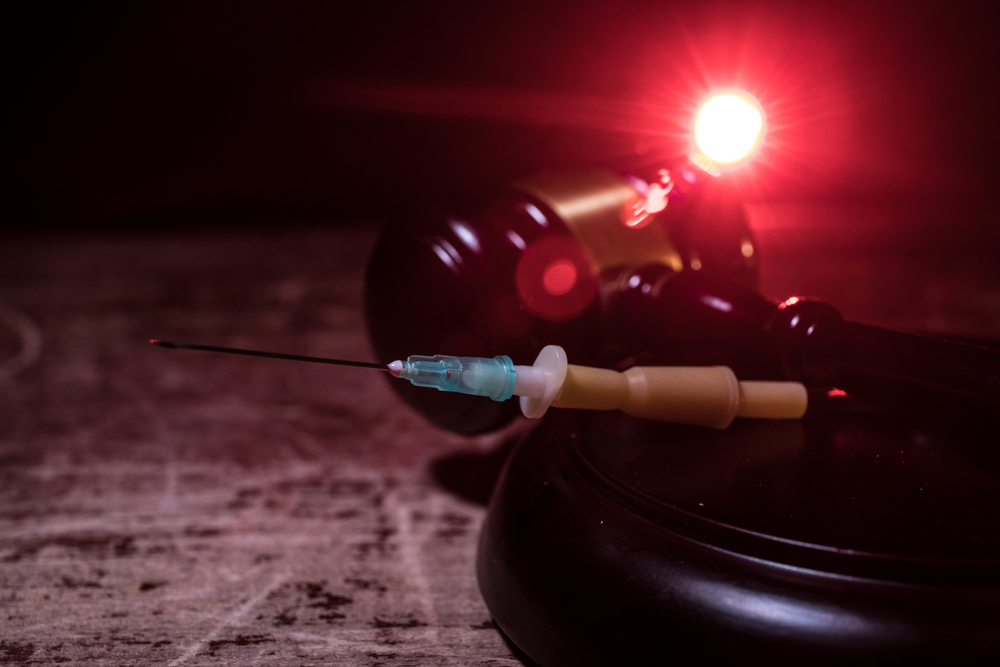How Does the Supreme Court Nomination Process Work?
Since Supreme Court Justice Stephen Breyer announced his retirement in January after nearly 28 years on the bench, experts have been speculating who will take his place. President Joe Biden promised during his presidential campaign to place a Black woman on the court when a vacancy opened; he reiterated that vow after Justice Breyer’s announcement. This would be the first time a Black woman has served on the country’s highest court. President Biden is expected to announce his candidate for this historical role by the end of February.
The Search For the Next Supreme Court Justice
President Biden has said that the next Supreme Court Justice will need to fill the large shoes left behind by Justice Breyer, who he called “a model public servant at a time of great division in this country.”

When asked if this person had already been chosen, the president replied, “I’ve made no decision except one: the person I will nominate will be somebody of extraordinary qualifications, character and integrity. And that person will be the first Black woman ever nominated to the United States Supreme Court. It is long overdue.”
According to media reports, President Biden has been reviewing past writings and decisions by potential nominees. Like past presidents, he is expected to select someone who serves his political interests.
A lengthy nomination and confirmation process lies ahead for whoever is ultimately chosen. Prior to President Donald Trump’s unprecedented 27-day expedited nomination and confirmation of Justice Amy Coney Barrett, the entire process historically took an average of 70 days.
From Nominee to Nation’s Highest Court
Once President Bident makes his selection, the Senate Judiciary Committee will convene and begin an extensive investigation of the nominee. This includes input from the FBI on the candidate’s background and legal credentials provided by the American Bar Association. The committee consists of 11 Democrats – Chair Dick Durbin (IL), Patrick Leahy (VT), Dianne Feinstein (CA), Sheldon Whitehorse (RI), Amy Klobuchar (MN), Chris Coons (DE), Richard Blumenthal (CT), Mazie Hirano (HI), Cory Booker (NJ), Alex Padilla (CA), and Jon Ossoff (GA) – and 11 Republicans – Ranking Member Chuck Grassley (IA), Lindsey Graham (SC), John Cornyn (TX), Mike Lee (UT), Ted Cruz (TX), Ben Sasse (NE), Josh Hawley (MO), Tom Cotton (AR), John Kennedy (LA), Thom Tillis (NC), and Marsha Blackburn (TN). Much of the vetting process is completed by the Judiciary Committee.
For the last 50 years, the vetting process has involved this pre-hearing investigation followed by public hearings in which the nominee must respond to questions asked by the committee. A final recommendation is then made to the Senate. The nominee may withdraw from the process at any time.
If the majority of the Senate Judiciary Committee supports the nominee, they will be sent to the Senate for final confirmation. If the committee opposes, the nominee will still be sent to the Senate but with a recommendation for rejection.
Chair Durbin will then lead a usually vigorous debate on the Senate Floor before putting the nomination to a vote. Confirmation takes only a simple 51 majority vote. If the vote is tied, Vice President Kamala Harris will have the tie-breaking vote. A 60 majority vote was required until 2017, when then-Senate Majority Leader Mitch McConnell eliminated this practice.
Considering the Democrats currently control both the White House and Senate, a quick confirmation is expected. Senate Majority Leader Schumer (NY) vowed that the nominee will be given a prompt hearing and be “considered and confirmed by the full United States Senate with all deliberate speed.” It is expected that the Senate will begin the confirmation process immediately after the president’s announcement of his choice, as the Democrats are anxious to confirm their nominee before they potentially lose control of Congress in the November primary.
New Justice Will Face Several Key Issues
The Supreme Court is staring down a bevy of high-stakes cases. Voting rights are playing a main role with multiple states facing redistricting lawsuits ahead of the November midterm elections; expanding gun rights, funding religious education, and reducing affirmative action programs are other hot buttons. Perhaps most significantly, this term will likely include cases related to abortion rights and attempts to overturn Roe v. Wade.
The Supreme Court’s conservative majority will remain regardless of who becomes the next Justice. However, if a younger candidate is selected (as President Trump’s appointees were), they will have the opportunity to serve for decades, outlasting many of their senior conservative colleagues.

















